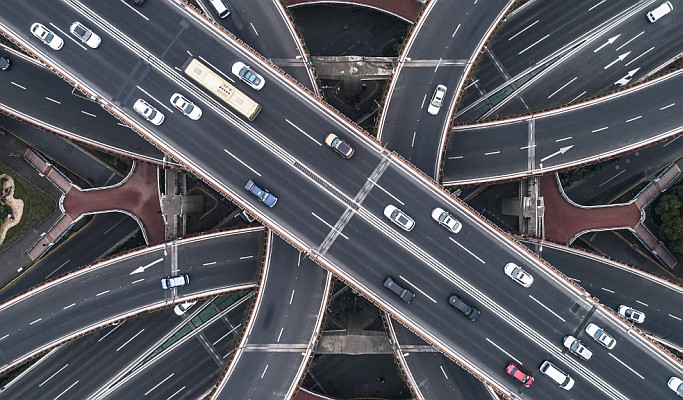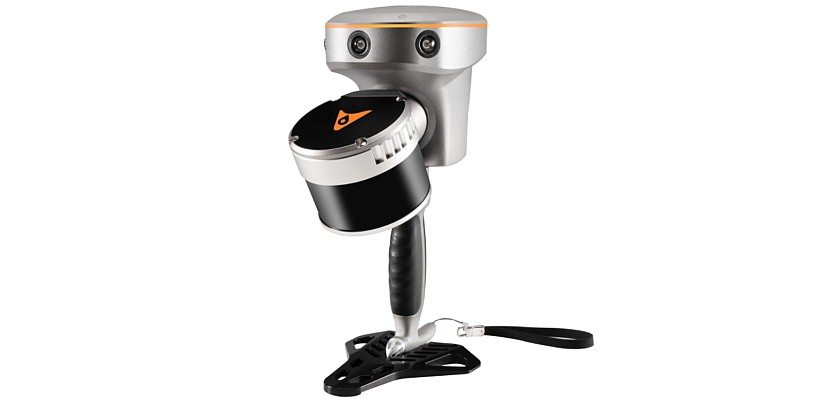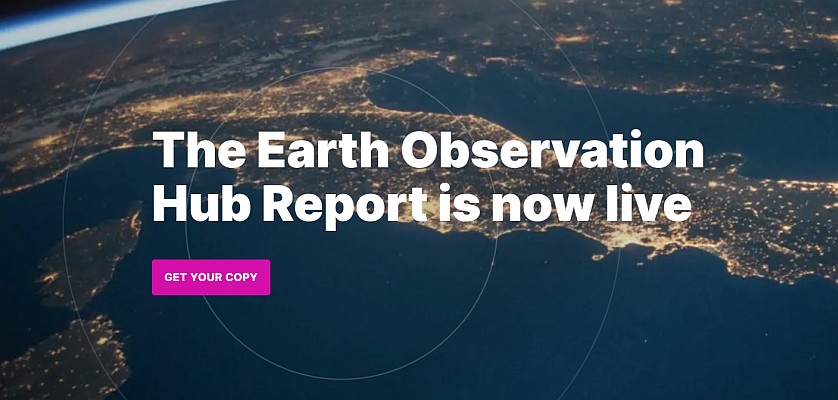NAVTEQ, the leading global provider of digital map, traffic and location data for in-vehicle, portable, wireless and enterprise solutions, announced today at Expocomm Argentina that it has reached a major pedestrian milestone of one hundred cities for its NAVTEQ Discover Cities product including coverage for Buenos Aires.
Given how easily Buenos Aires lends itself to walking and its ranking as a top regional business and tourist destination, the city is a natural extension of the NAVTEQ Discover Cities coverage footprint. Discover Cities adds to the detail of the NAVTEQ Map by adding pedestrian geometry and pathways, Points of Interest and transit information. This unique combination of data enables development of applications to help pedestrians navigate to their destinations via a variety of pedestrian specific routes, including those entirely on foot.
NAVTEQ works closely with public transit operators to source information on schedules and the entrances and exits to transit stations to help application providers deliver the best routing options. For example a traveler arriving at the Ezeiza Airport could be instructed to board the number 86 bus to the Plaza de Mayo outside of the airport’s terminal B. Upon arrival at the Plaza, their mobile device could then provide them walking directions to their hotel.
This achievement is also significant given the sheer depth and complexity of the pedestrian navigation data NAVTEQ specialists collect, based on a single, global specification. While walking the world’s cities, these specialists meticulously collect more than 50 pedestrian-specific attributes.
Without this additional data, applications may generate a route that involves only sidewalks when significantly shorter options are possible in reality. For example pedestrians walking to an address on the east side of the Plaza de la Constitucion would be provided directions that illustrate a path through the park as opposed to walking south on Salta and turning east on Avenida Brasil. This short-cut saves the pedestrian both time and energy.
While seemingly simple, the content and data representation required for this type of routing represents a formidable challenge and is only possible with Discover Cities.






